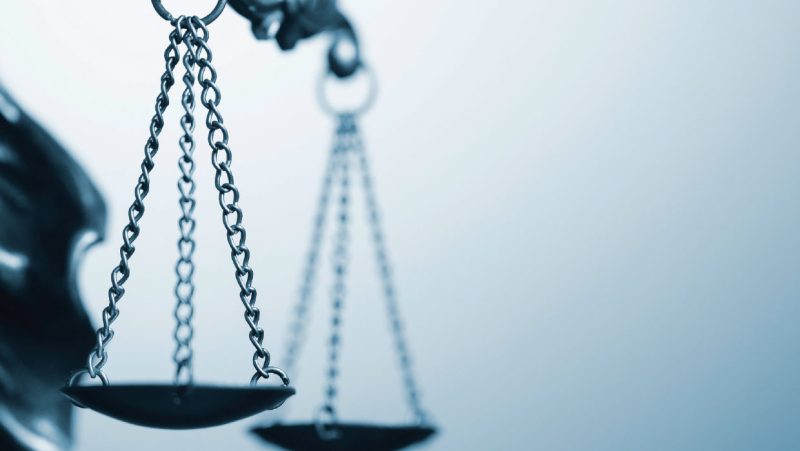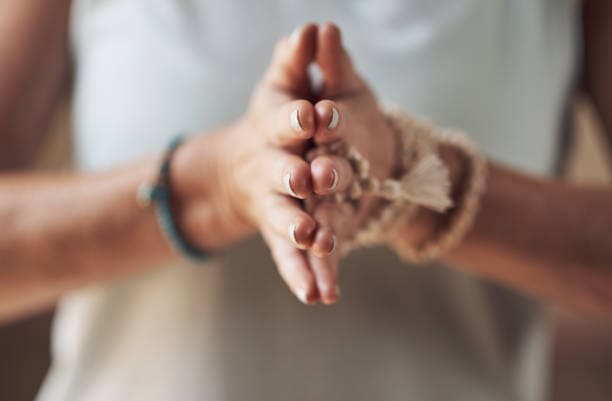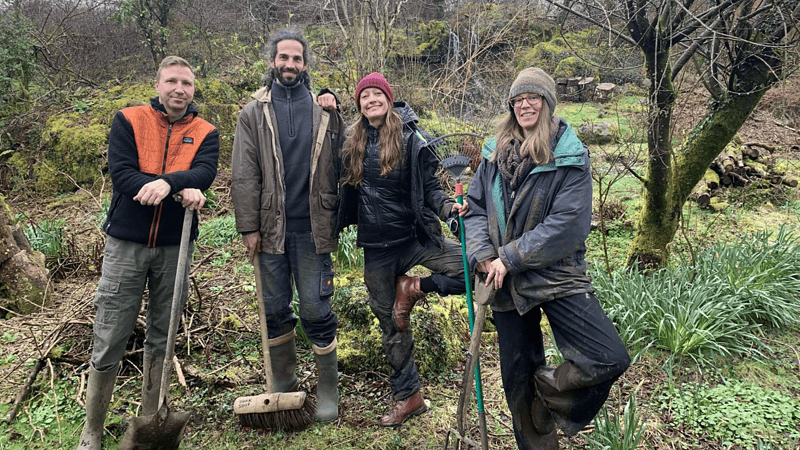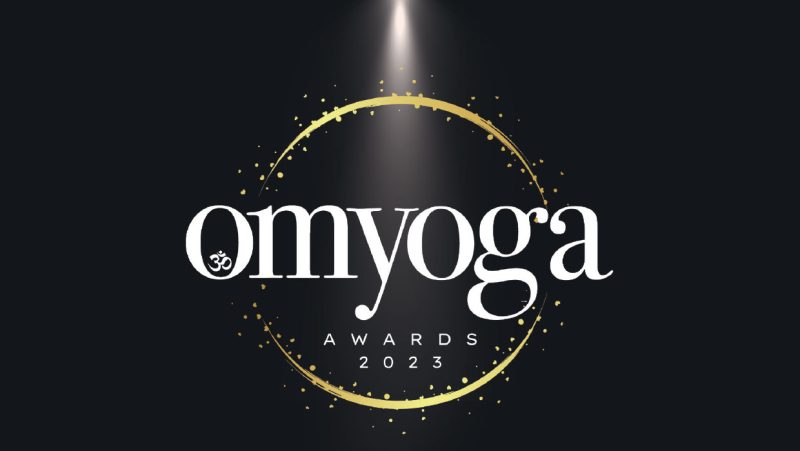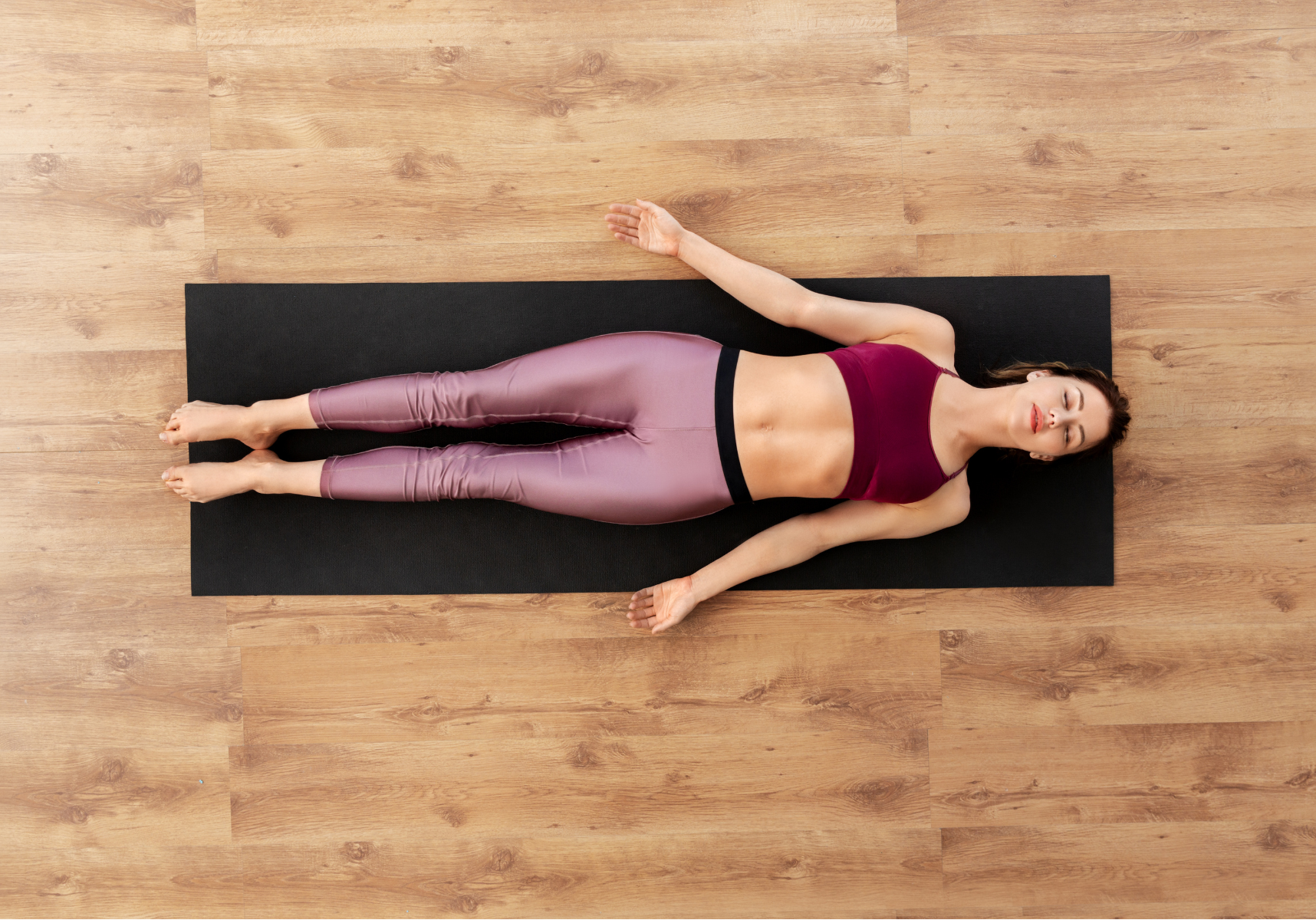
The Hardest Pose: How Restorative Yoga Makes Me a Restorative Judge
In yoga, the hardest pose is not a headstand or deep backbend. It’s savasana or corpse pose, where you lie completely still and surrender to gravity. As a municipal court judge, I’ve found that that same kind of stillness is the most important skill at times I bring to the bench. Like the savasana pose in yoga, this stillness in my job is the hardest to achieve.
Reading time: 3 minutes
For years I have thought justice equals action: moving through a packed docket and issuing decisions. Action does matter. Restorative yoga has taught me that presence matters more. Stillness is not passive. It’s where clarity lives. Oftentimes the most compassionate response a judge can offer is not control but instead space. By creating that space, I can then tune into what I can do to help ensure defendants do not enter the criminal justice system again. I can listen in a mindful way to individuals in my courtroom.
I came to restorative yoga not through any grand design but just luck. I had stopped attending yoga class right before the covid pandemic and only resumed the past year or so. In the courtroom I saw that the cumulative stress of listening day after day to people at the hardest points in their lives can wear any judge down. Anger, fear, anxiety, and disappointment come into court cloaked in misdemeanor charges, but beneath them often dwells real human pain. I could see myself being reactive and frustrated in an active sense trying to solve a problem. Confronting this frustration, I didn’t need a new legal theory. I needed to learn how to sit with discomfort without trying to fix it.
That’s when I found restorative yoga. What is restorative yoga? During a typical restorative yoga class, I start by lying on the floor, supported by bolsters (large, comfortable cushions used for support and comfort) and through various poses hold myself in most importantly silence. I’ve learned to stay still, working on staying with the sensations in my body and ignoring the impulse to get up and do something. That practice has taught me a vital truth: we cannot restore what we have not first acknowledged. I was not going to get any insight into my life from yoga without first seeing and accepting my present limitations.
Yin yoga where you hold poses over extended periods to stretch connective tissue and yoga nidra, a guided meditative practice where the body sleeps but the mind stays awake, also broaden my ability to be mindful and still. Even a hot yoga class with the same routine each time can provide a sense of calm and mindfulness.
That shift in awareness has followed me into the courtroom. I see that people often need the same thing I need on the mat: not punishment, but space. Defendants need space to be heard and space to be seen not as a problem but as a person. Restorative justice is a popular term these days, but for me as a judge, restorative living came first. This is not again a legal philosophy; it is a practice of presence. I was bringing a recalibration to me and then to my role as a judge in my courtroom.
In one case in my courtroom, a young man with multiple citations for possession of drug paraphenalia came before me. In the past, I might have spoken quickly, imposed a fine, and moved on. But that day I slowed down. I listened. I asked him what was going on. We talked about his mother’s illness, his dropped college plans, and his anxiety. I referred him to a diversion program, but more than that, I offered him dignity. I cannot say restorative yoga gave me a legal answer; however, it did give me the ability to hold space and to respond from a deeper place. I felt more grounded while listening to the young man.
Judging is not only about applying the law. It is concerned with discernment. A judge needs to know the difference between control and care. My goal as a judge is to make sure defendants do not return to my court or any other court. How I accomplish this can often arise in the stillness of the present moment with me listening. The ability to see how care can achieve criminal justice “success” versus controlling punishment does not originate from books. It comes from practice and space. I have to work on sitting in stillness each day and let wisdom arise, like it does in the long quiet of a supported restorative yoga pose.
Restorative yoga is about supporting the nervous system. It provides us what we need to reset and return to balance. Our legal system could use more of that. So could we.
Sometimes the hardest pose is stillness. Stillness often teaches us how to truly understand others. For me stillness allows me to better ensure defendants stay out of the criminal justice system in the future.
I still believe in justice, but now I know it begins with restoration: not just of others, but also of ourselves. When I lie back on the mat, eyes closed, I am not escaping the world. I’m preparing to return to it: steadier and more fully present for the people who appear before me.


